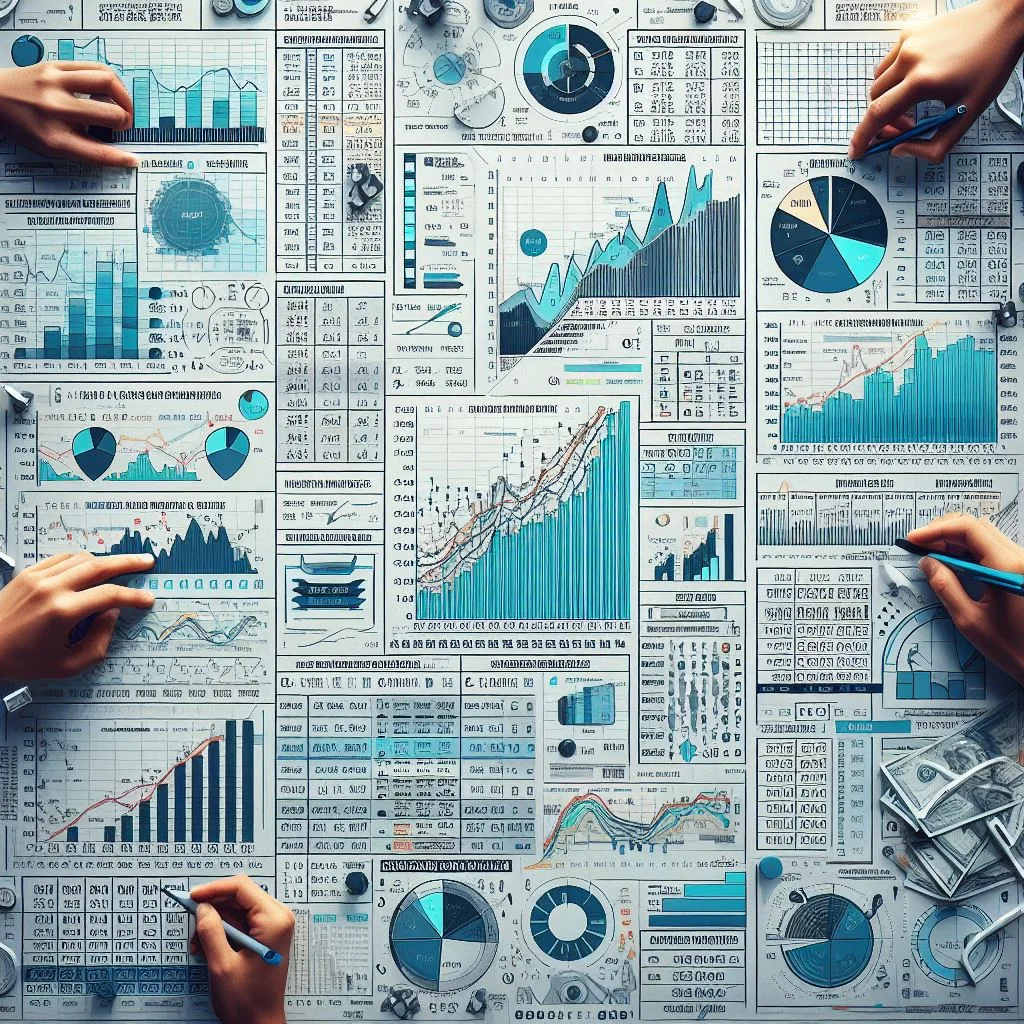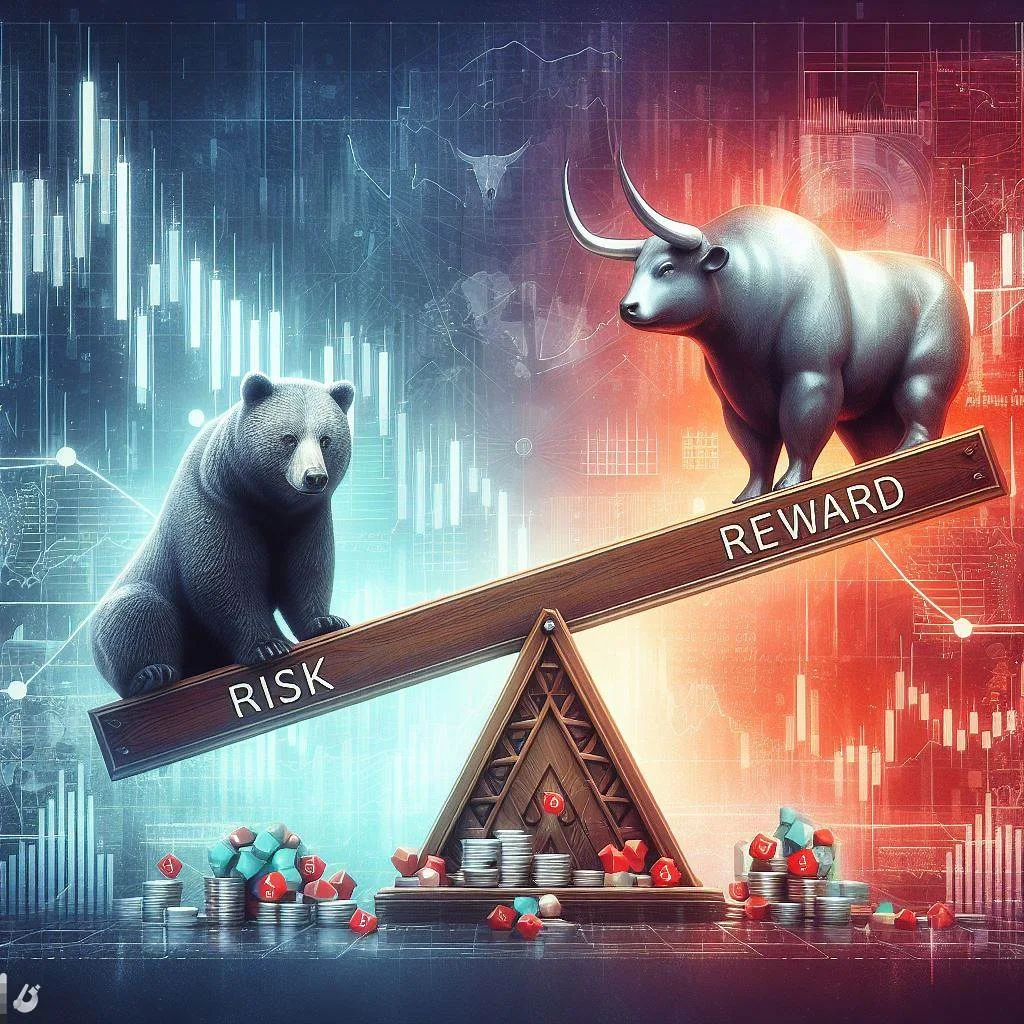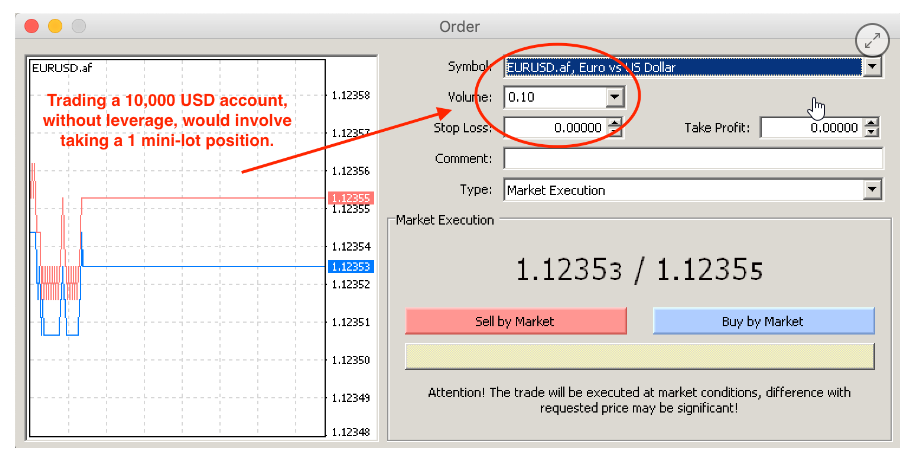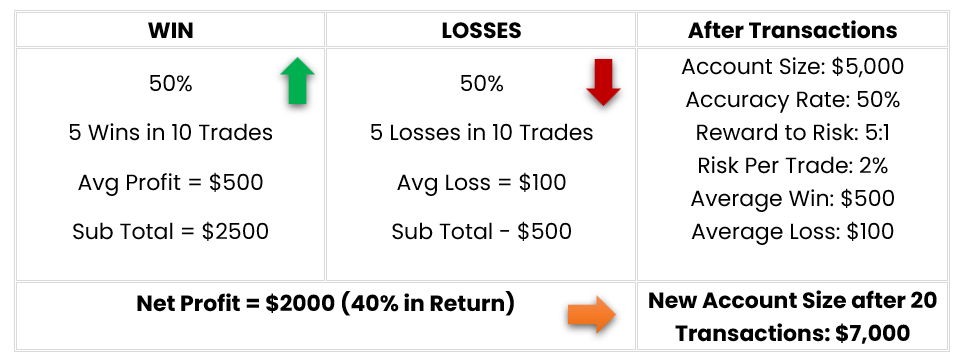Stepping into forex trading will open the loads of earning possibilities down the road, but it’s crucial that you take good decision to safeguard your capital. Let us look 6 essential strategies that every starter should know to minimize the account risk;
Example: You have $10000 obtained from your grandparents. On your friend’s suggestion you started to think about opening a real account with broker site. Now you find it interesting and thinking I should start investing the money to become rich quick. Now you should know how wise to take decision to make an investment without losing all what I obtained from my grandparents.
One of the fundamental principles in forex trading is proper position sizing. Now dividing your capital into minor portion is very important. Say for example you have $10000 in your hands. You decided to invest on trading. Using 1% of the portion becomes $100 per trade. That is proper positioning for a beginner. This will in long run safeguard your capital, ensuring that no single trade can substantially dent your account balance.

In forex trading you can set a maximum loss that you’re willing to accept on a trade. By setting clear boundaries for your trading by setting stop-loss order you can safeguard your capital. For instance, if you enter a trade at $1.3000 and set a stop-loss at $1.2950 you’re limiting your potential loss to 50 pips, regardless of how the market go up and down.

There are many currency pairs available to deal with in trade when you do Forex Trading. Consider spreading your trades across different pairs. Now when you invest on EUR/USD and you have 10 different trading running, if you have set the similar types of trading and expectation there are more chances to risk your capital. Instead of doing so, you can choose other pairs as well. GPB/JPY and AUD/CAD are some options simultaneously helps spread risk.

Expecting more is not practical always at the beginning. Successful trading often involves a favourable risk-reward ratio. Potential profits exceed potential losses. For example, if your risk is $100 per trade, make sure you’re targeting gains of least $200. By doing so, you can maintain a 2:1 risk reward ratio. This ensure that even if you’re right only half the time. You’re still profitable.

Suppose you have a trading account with a balance of $10,000, and you decide to use high leverage, such as 100:1 This means you can control a position size of @1,000,000 with a margin requirement of only $10,000.
Now imaging you decide to trade EUR/USD, and the current exchange rate is1.2000. By investing the whole money in your hands, using 100:1 leverage, you take a position size $1,000,000 which is 100 lots on EUR/USD.
If the marketing moves against your expectation by just 1% dropping say 1.1880, you will lose $12,000. This lose would empty your whole balance; consequently, your trade will automatically close. You are out of the business for ever.
Therefore, consider this: a small adverse price movement could result in a significant loss, potentially wiping our all of your portion of your account.
Suppose you have a trading account with a balance of $10,000 and you set a leverage ratio of 20:1 it means you’ll be controlling smaller position relative to your account size. Let us say you decide to open a trade with a position size of $50,000 on EUR/USD.
With a 20:1 ratio to control, where the market moves in contradiction of your trade by 1% if the EUR/USD exchange rate drops from1.2000 to 1.8800, a 20-pip movement, your $50,000 position would incur a loss of $1,000 (1% drop of $50,000 position size).
Finally, do learn regularly. Learn to analyze charts, study economic indicators, and stay informed about geopolitical events. This information approach will make you go for better decisions. Based on the global events and happening you will be able to decide what to do and and not to do in terms of taking a trading decision.
By integrating these six strategies into your trading routine, you’ll not only safeguard your trading capital but also set a strong foundation for success in the dynamic world of forex trading.

Overleveraging in forex trading refers to the practice of using borrowed funds, often provided by a broker, to increase the size of a trading position beyond what would be possible with one’s own capital alone. Let’s delve into this concept further:
Defining Leverage:
The Double-Edged Sword:
Remember, while leverage can enhance gains, it’s essential to use it judiciously and manage risk effectively in forex trading. 🌐💱

© 2015-2023 PipupFX. All Rights Reserved.
HIGH RISK WARNING: Foreign exchange trading carries a high level of risk that may not be suitable for all investors. Leverage creates additional risk and loss exposure. Before you decide to trade foreign exchange, carefully consider your investment objectives, experience level, and risk tolerance. You could lose some or all of your initial investment. Do not invest money that you cannot afford to lose. Educate yourself on the risks associated with foreign exchange trading, and seek advice from an independent financial or tax advisor if you have any questions. Any data and information is provided ‘as is’ solely for informational purposes, and is not intended for trading purposes or advice. Past performance is not indicative of future results.